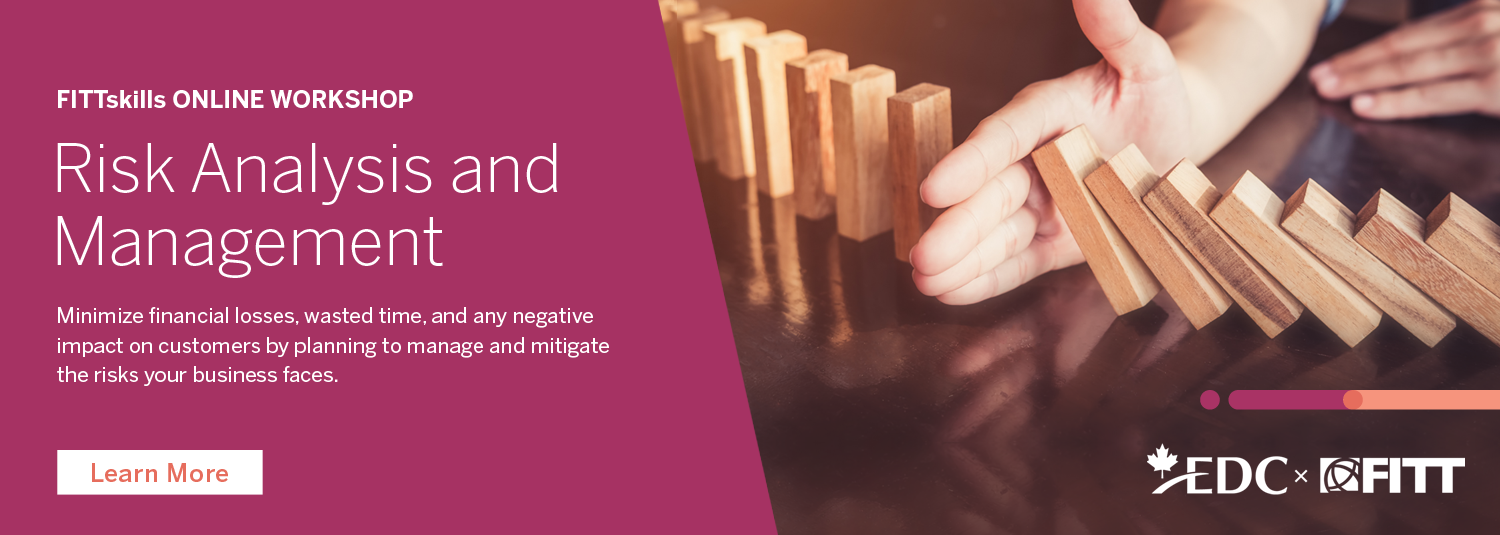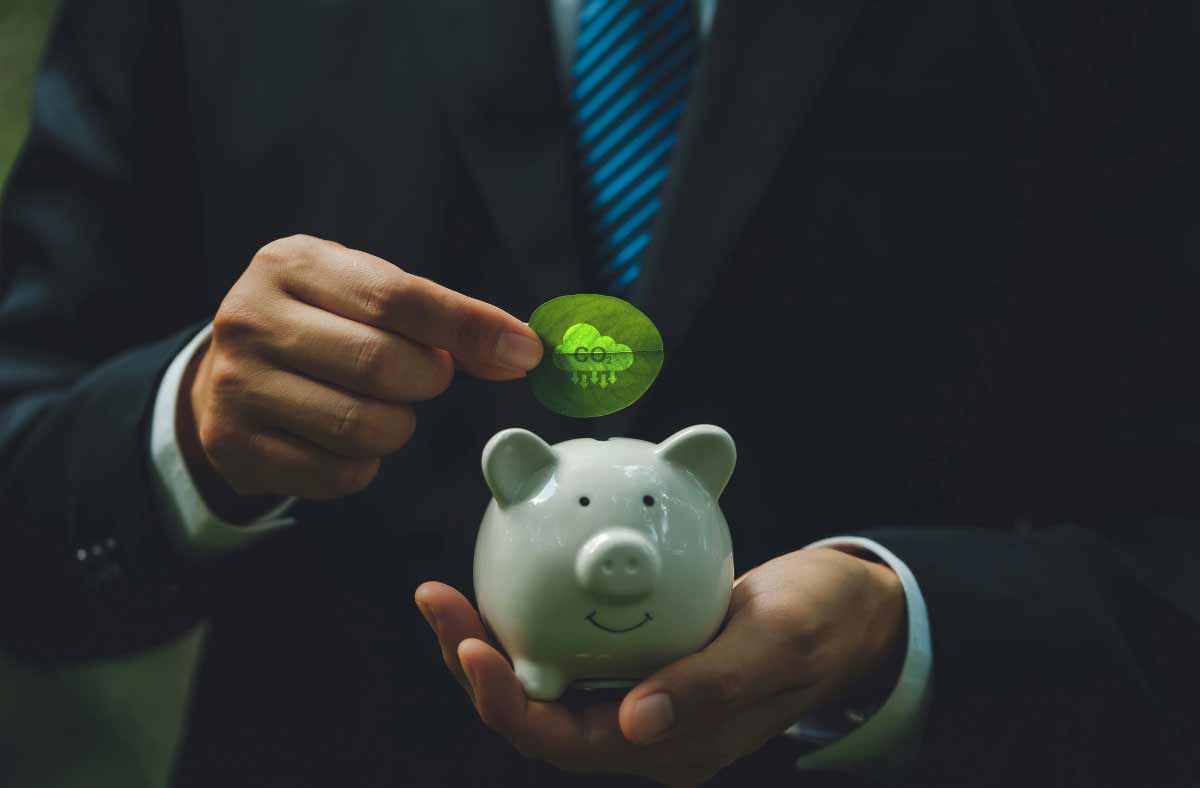
Organizations have traditionally considered followed a target market’s laws to be sufficient due diligence. However, as many companies now produce their products or source their services in one country, and then sell them to customers in another, they are increasingly under public scrutiny and face social risks to their reputation.
Social risk arises from negative perceptions of an organization’s impact on the community. The social risks of a venture depend on the specific issues associated with an organization’s operations, the industry sector and the geographic context. Risks typically include environmental pollution, hazards to human health, safety and security, and threats to a region’s biodiversity and cultural heritage.
Social risk is characterized by four components in combination: an issue, a stakeholder or group of stakeholders, a negative perception about an organization, and the means to do damage.
Want to learn more about how to analyze and plan to mitigate risks caused economic, social or political circumstances? Check out the FITTskills Risk Analysis and Management online workshop.
Social risk is characterized by the following components:
1. Issue: Societal and environmental issues are taking on heightened significance on a global level. The issue is specific to the organization, the target market and the planned ventures.
2. Stakeholder: For social risk, stakeholders are a broad group that includes any person or group who may have an interest in the issue. For instance, Nike now engages with environmental organizations, human rights groups, students, colleges, trade unions, socially responsible investor groups and academia, in additional to traditional stakeholders like shareholders, employees, customers, and suppliers.
3. Perception: Stakeholder perceptions are based on various information sources, including official news media, the Internet, word of mouth and the organization itself. Negative perceptions are more likely to arise in the absence of regular information or communication from the organization itself. Negative perceptions can be accurate or inaccurate; both can lead to challenges for the company.
4. Means: A stakeholder may possess a variety of means to affect organizational conduct. Small grassroots non-profit organizations may be able to mobilize large networks of allies very quickly.
Managing social risks through corporate social responsibility (CSR)
Management and mitigation of social risk factors are increasingly important for business success abroad. The costs of losing that social licence, both in terms of the organization’s share price and the bottom line, may be significant.
Ignoring social risk factors can lead to significant negative consequences to an organization’s reputation and operations. With no mitigation plan in place, these organizations have been subject to bad publicity, consumer boycotts and other negative outcomes. The advent of social media has had a large influence on how quickly these negative consequences can be realized and spread.
As organizations take advantage of global opportunities, there is a growing understanding that it makes good business sense to incorporate responsible business practices into investments and operations abroad; these practices also benefit the local economies and communities.
When organizations operate in an economically, socially and environmentally responsible manner, and they do so transparently, it helps them succeed. This is accomplished through encouraging shared values and social license with clients, customers and stakeholders.
In most cases, organizations can take steps to mitigate these risks. Some organizations have successfully mitigated these concerns through a range of activities classified as corporate social responsibility (CSR), which covers all of the voluntary actions a company can take to operate in an economic, social and environmentally sustainable manner.
Popular CSR steps include building closer relationships with local partners and stakeholders, increased transparency and public reporting, closer monitoring of suppliers and others in their supply chains, abiding by voluntary international standards for environmental emissions or labour rights, and ethically obtaining the rights to purchase or use any land.
Evaluating your business’s Triple Bottom Line
Social risk is also tied to the idea of Triple Bottom Line (TBL). TBL is an accounting framework that incorporates three dimensions of performance: social, environmental and financial. This differs from traditional reporting frameworks that focus exclusively on economic or budgetary performance. The TBL dimensions are also commonly called the three Ps: people, planet and profits.
The TBL, and its core value of sustainability, has gained traction in the business world due to accumulating anecdotal evidence of greater long term profitability. For example, reducing waste from packaging is good for the environment and it can also reduce costs. Among the companies that have adopted this approach are General Electric, Unilever, Proctor and Gamble, 3M and Cascade Engineering.
Over half of the global Fortune 500 companies and almost half of Standard & Poor’s (S&P’s) 100 companies now issue TBL reports. Investors incorporate these reports into their own measurements for valuing companies.






disqus comments